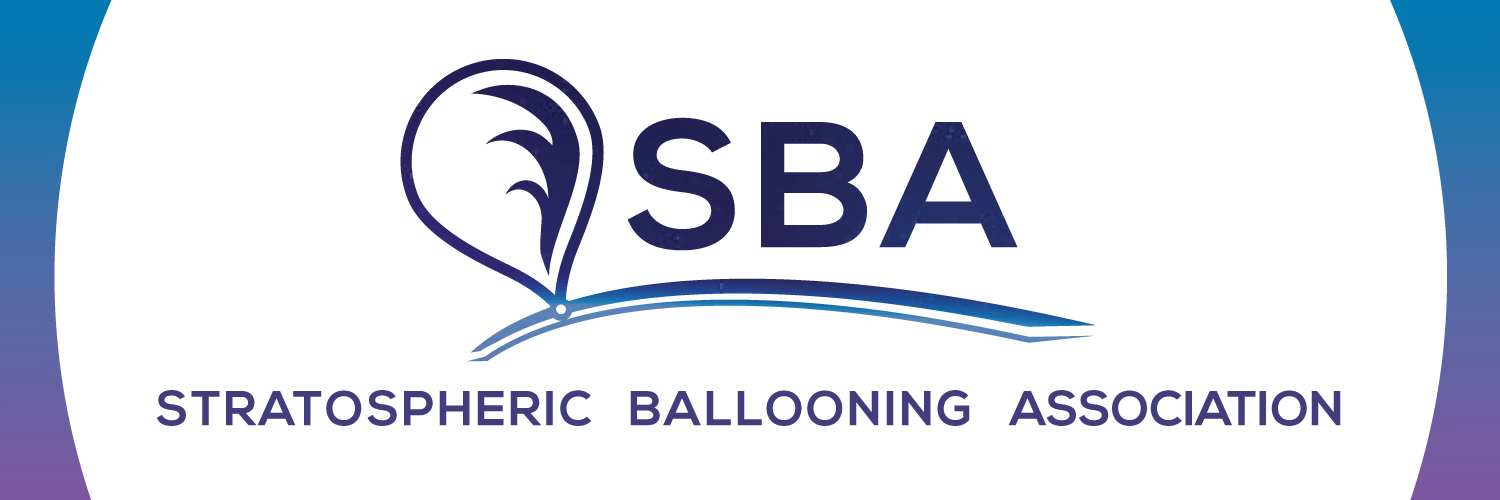Tropospheric Sounding with Low-Cost Particulate Matter Sensors
Abstract
The high-altitude balloon (HAB) platform has allowed scientists to measure vertical profiles in the atmosphere at a relatively low cost. The current project combines the HAB platform with low-cost air quality sensors that measure particulate matter (PM). PM is detrimental to human health and can exacerbate asthma. In the atmosphere, PM can affect cloud formation and also radiative transfer, which links emissions of PM to climate change. Therefore, understanding and controlling PM emissions is vital to air quality and climate change. In agricultural regions, several practices produce significant PM emissions. Tilling can release PM in the form of dust, especially under arid conditions. The burning of crop residue is also a common practice practice that releases PM in the form of partially combusted organics (soot). The ultimate goal of this project is to use low-cost PM sensors and HAB to assess PM sources from agricultural regions using citizen scientists. The current presentation evaluates the performance of two different PM sensors over flights conducted during the summer of 2017.
How to Cite:
Potosnak, M. J., Mistry, A., Beck-Winchatz, B. & Ritter, P., (2021) “Tropospheric Sounding with Low-Cost Particulate Matter Sensors”, Journal of High Altitude Ballooning 1(1). doi: https://doi.org/10.31274/jhab.13030
Downloads:
Download PDF
View PDF
